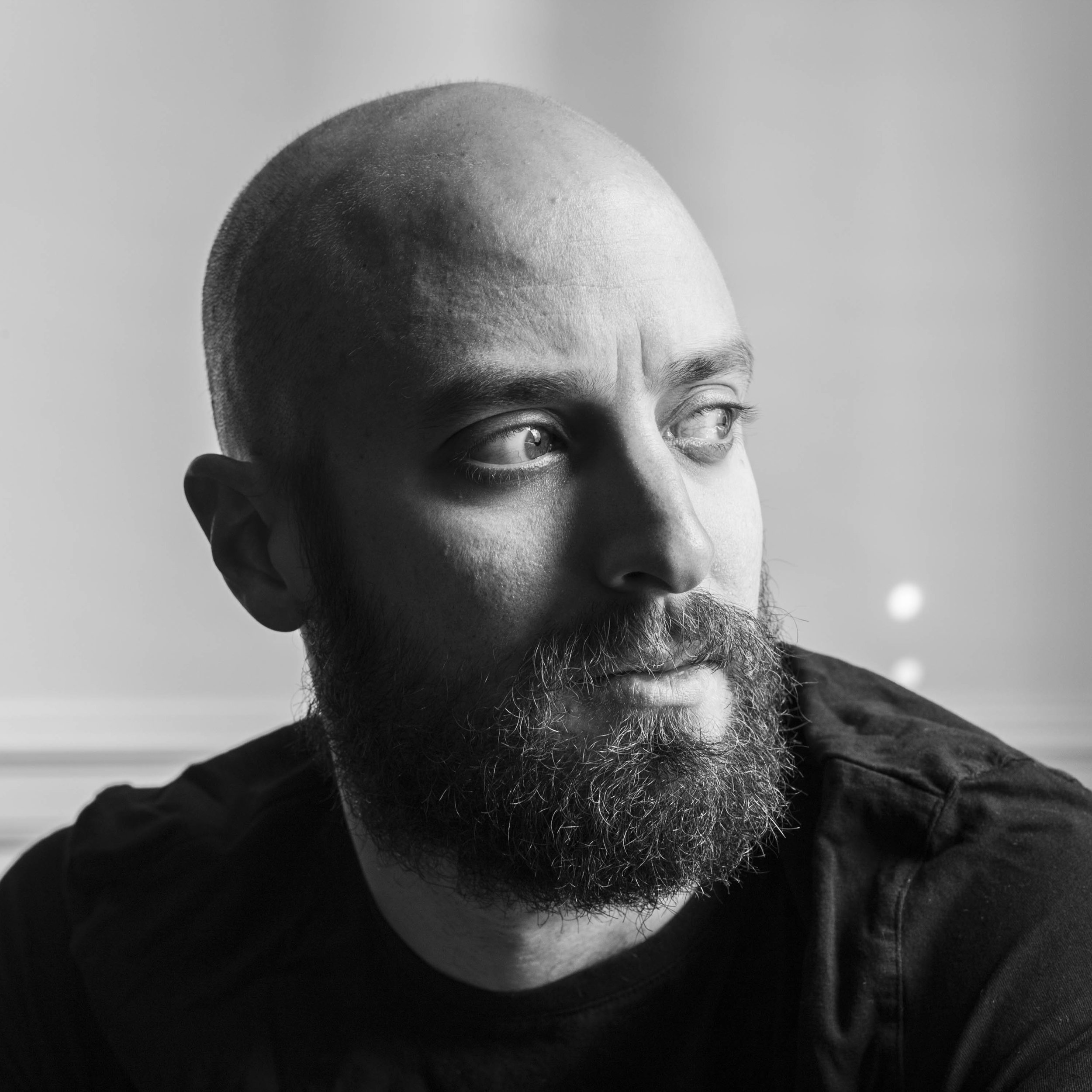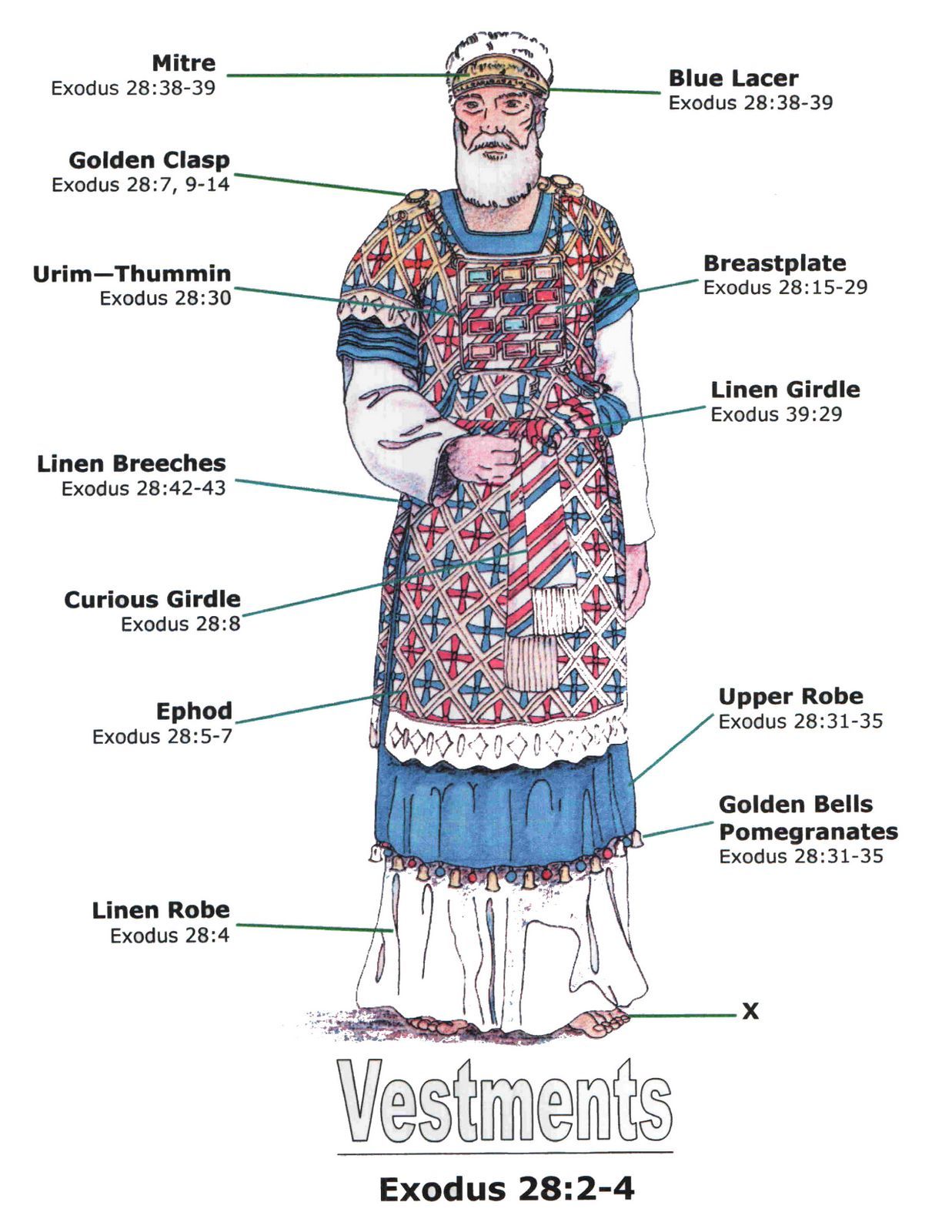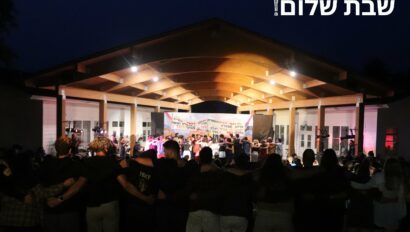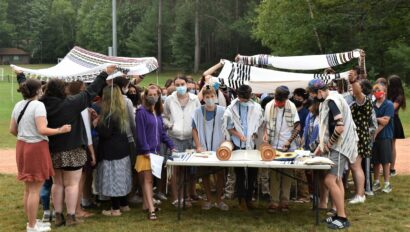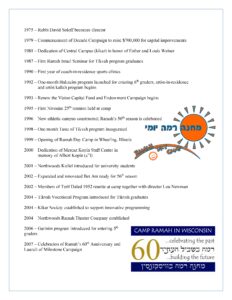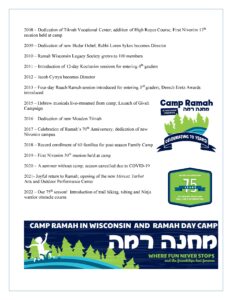Please enjoy a D’var Torah this week from JAR (Jon Adam Ross), an actor, theatre artist, and Jewish educator extraordinaire. Jon is the Managing Director and Founding Artist of The In[heir]itance Project, a national devised theater series that puts communities’ lived experiences in conversation with their sacred texts. Jon has performed in over 90 cities around the world, including at the Guthrie Theater (MN), Playhouse on the Square (TN), and in NYC where his stage credits include: a dog, a 2,000 year old bird, an elderly orthodox Jew, a spurned housewife, a horse, a British naval officer in 1700’s Jamaica, a goat, Jesus Christ, a lawyer, a hapless police chief, and a cyclops. Jon holds a BFA in Acting from NYU/Tisch and is the Director of Experiential Education at Camp Ramah in Wisconsin.
Art is frivolous. A hobby, not a vocation. Art is the silly stuff we do at camp to keep the kids busy. Art is nice when you’re young, but once you’re in high school it’s time to be serious. Focus on grades and college and careers. Art is extra-curricular. And funding is appropriately being slashed at the national, state, and local level for arts education in public schools. Just don’t tell Moses. Because he knew art was vital.
The Torah teaches us the importance of art on a regular basis. Noah learns architecture. Abraham builds altars. And Betzalel designs and erects a portable sanctuary without the help of Ikea! In this week’s parashah, Tetzaveh, the high priest Aaron strides into that very sanctuary dressed in a getup worthy of Project Runway. He’s wearing a robe, sure. But on top of that is decoration that overwhelms: gold and lapis lazuli shoulder pieces engraved with the names of the tribes; a blue train that hangs from the bottom of his robe with fringes and bells; a gold breastplate; and most impressively, the ephod. The ephod (there is no English translation) is the most ornate and specifically described piece of worn ritual gear in the entire Torah. Twelve stones, each a different gem, were placed across a golden breastplate attached at the shoulders by the aforementioned lapis shoulder pads.
And the design is also functional. Did you know about the bells? According to traditional sources, they were sewn around the bottom of the high priest’s robe so that his entrance to the Holy of Holies would be announced with each step he took. And the ephod, which looks like a primitive and very expensive cell phone, functioned as a sacred ouija board that allowed the high priest to consult the runes to divine answers to difficult inquiries. And then, of course, there’s the function of dressing appropriately for your work day. One can only imagine the splendor of the high priest as he dressed to afford the utmost kavod (respect) to the moment of being in God’s presence in the holiest place in the universe.
Artisans of the highest level created this outfit to exact specifications. Art plays an essential role in this parashah. But it doesn’t stop there. Art is everywhere in Judaism. We don’t just leave the Torah uncovered in an ark; it’s typically draped in velvet with (sound familiar?) a gold breastplate! And what of the ark designs themselves? How many different designs of chanukiah do you have at home? What are the decorations in your shul sanctuary?
At Camp Ramah in Wisconsin, we recognize the important role art plays in Judaism AND in education. That’s why the walls of our buildings are covered in more than two decades of Jewish interpretive art designed by campers and staff. Our art itself is midrash – bringing contemporary perspectives on the ideas and sources of our tradition from ancient to contemporary. It’s why more than one chadar ochel (dining hall) has an art installation made by campers with visiting professional artists. It’s why we bring artists in residence like Lilach Schrag, Abby Maeir, and Jacob Shapiro to camp. And this summer, we’re adding to that impressive roster with Josh and Robyn Awend from Minneapolis who will be joining us for Shavua Bogrim to work with campers to make even more art around camp.
Art, to us, isn’t frivolous. It isn’t silly. It’s fundamental to our expression of ourselves, our Judaism, and our world. The Torah tells us so, this very week!
